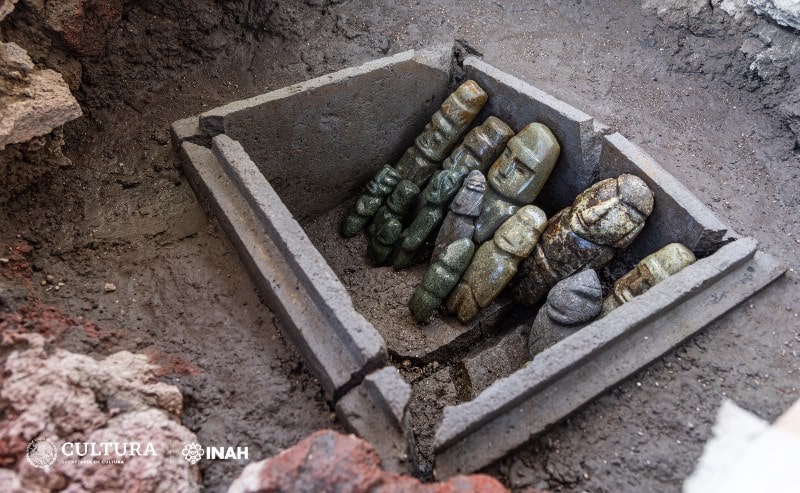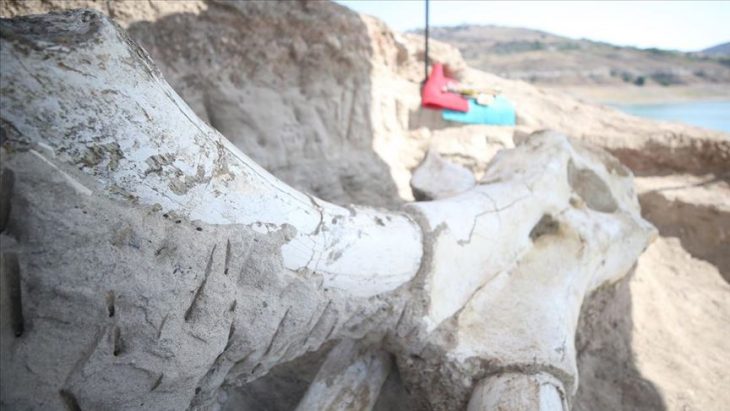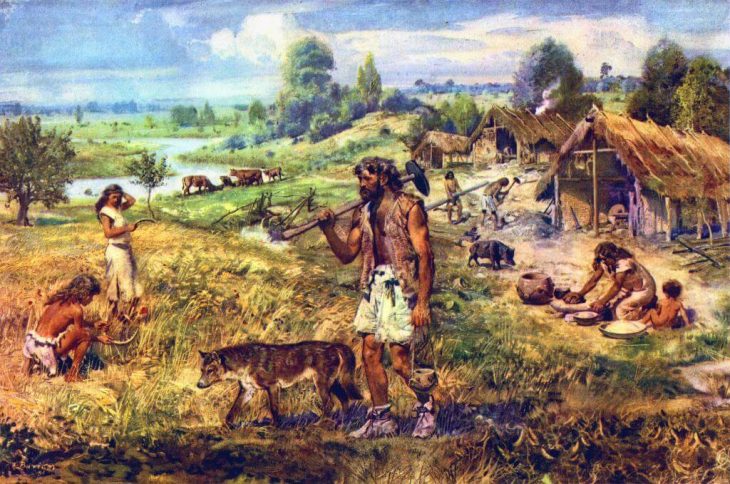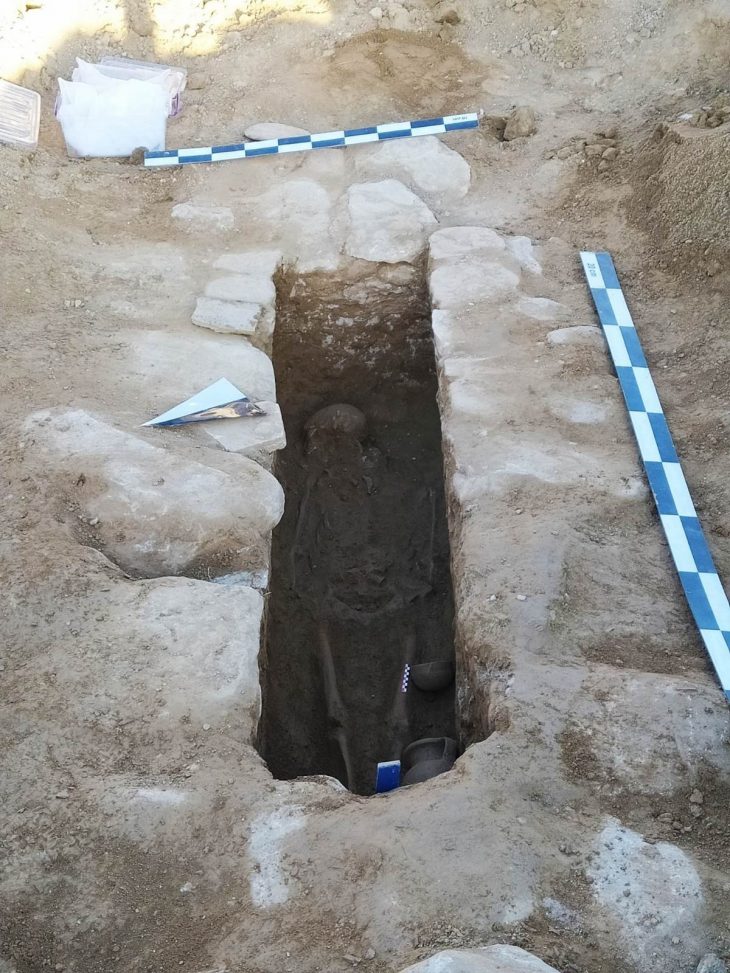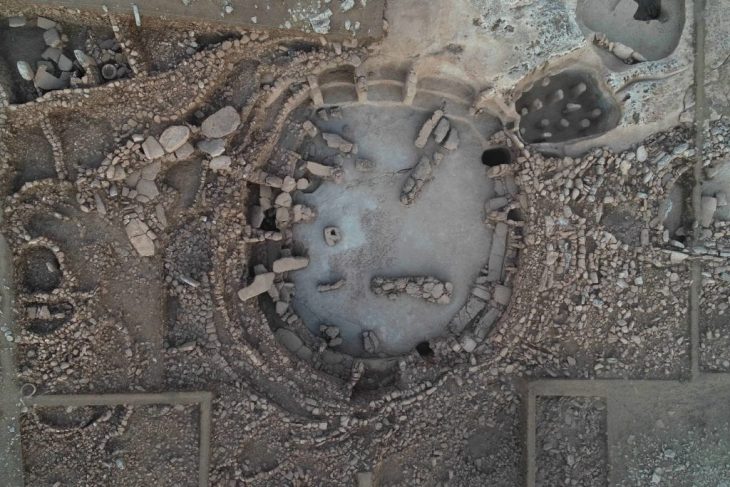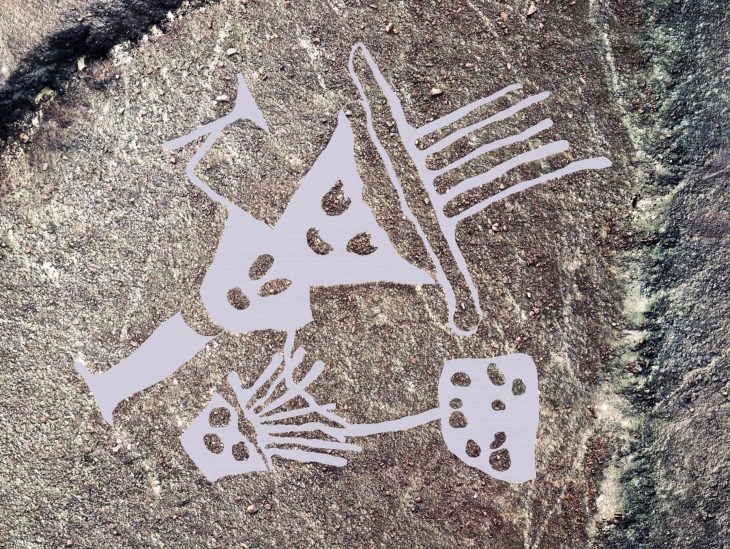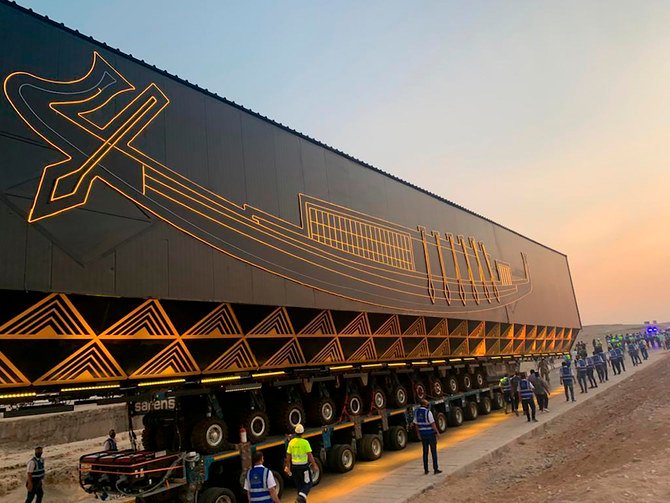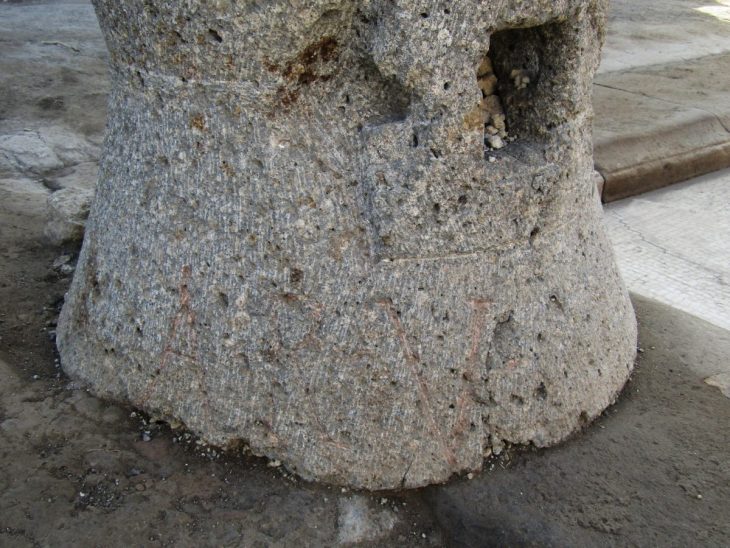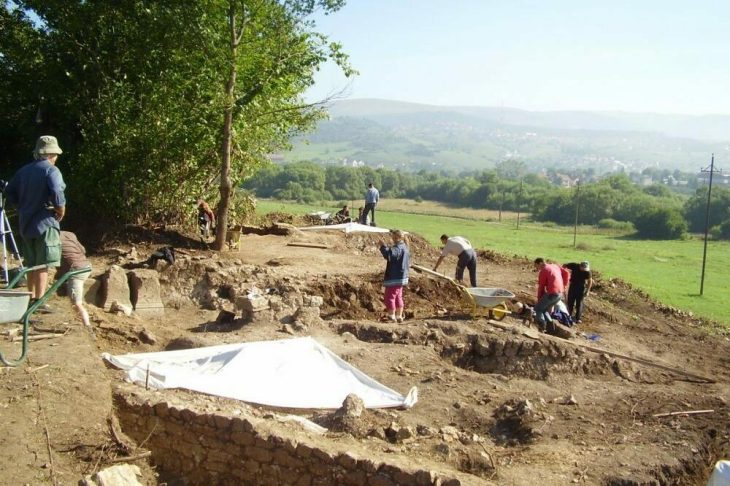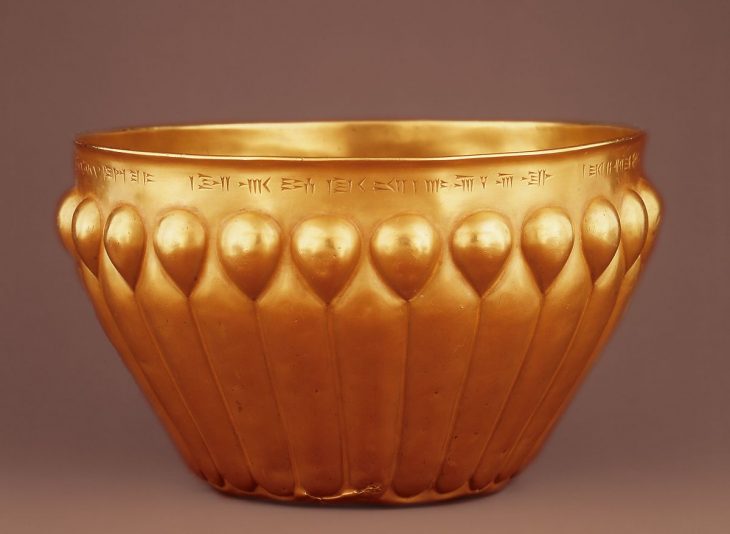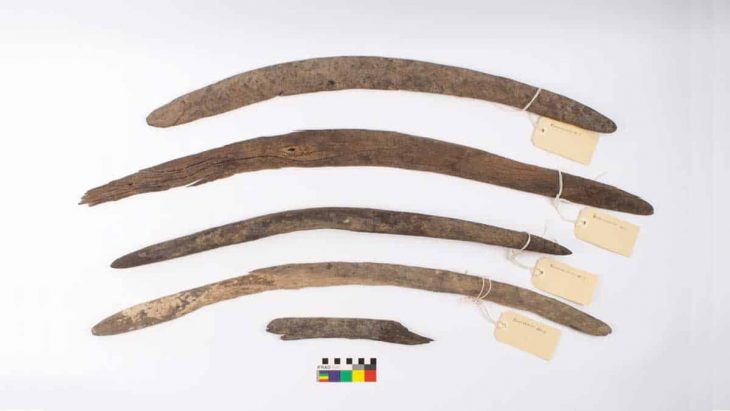Archaeologists have unearthed a stone chest containing the ritual deposit of 15 anthropomorphic figurines that were placed as votive offerings at the Templo Mayor of Tenochtitlan in Mexico City.
The stone chest was found under the platform of the rear façade of the temple in a layer that dates to the reign of Aztec emperor and king of Tenochtitlan Moctezuma I (1440-1469 A.D.)
Stone chest is known as Tepetlacalli in Nahuatl, containing 15 anthropomorphic figurines and numerous green stone beads, two rattlesnake-shaped earrings, snails, shells, and marine corals. Fourteen of the artifacts portray men, while the smallest of the group features a woman.
The anthropomorphic figures are in the Mezcala style, a Mesoamerican culture that emerged in the Middle and Late Preclassic within Mesoamerican chronology (700 to 200 BC). Archaeologists believe the Aztecs valued Mezcala objects and excavated them from Mezcala sites in Guerrero, Mexico’s southwestern state, to use as ritual offerings.
“This means that when the Mexicas (Aztecs) subdued those peoples, the figurines were already true relics, some of them more than 1,000 years old,” archaeologist Leonardo López Luján, director of the Templo Mayor Project, said in the statement. “Presumably they served as cult effigies, which they appropriated as booty of war.”
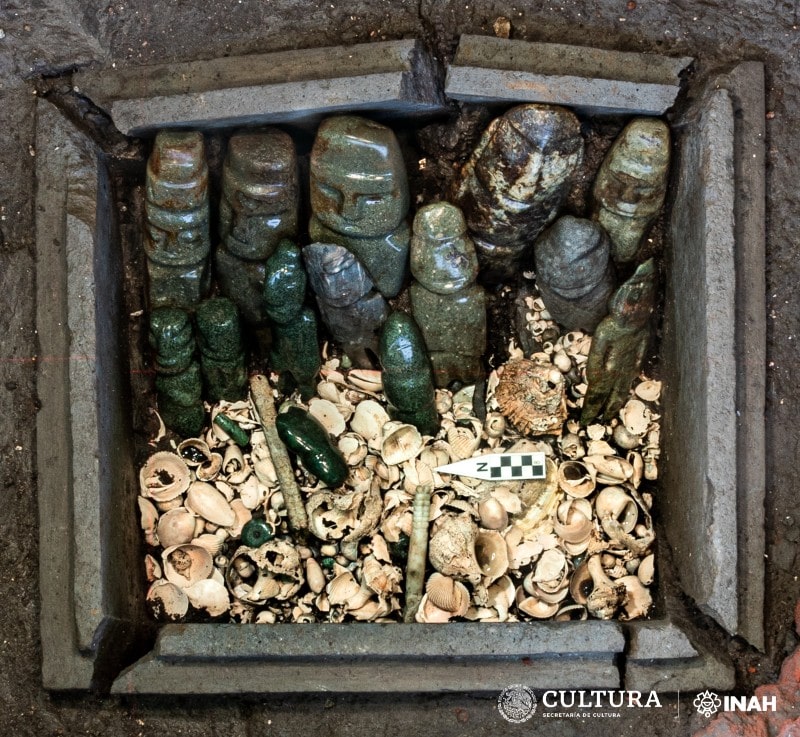
Carved from green metamorphic stones, the largest of these statues is 30 centimeters high, while the smallest figure is 3 centimeters high. On one of the figurines, the remains of facial paint depicting the Mexica god of rain, Tlaloc, were discovered. Researchers think this was part of a planned Mexica reset of the religious significance of the ancient cult figurines.
The stone chest was found in the context of stage IVa of the Templo Mayor, which dates from the rule of Moctezuma Ilhuicamina between AD 1440 and 1469.
“In their homes, the Mexicas used to keep their most precious belongings in palm-frond chests, such as fine feathers, jewelry or cotton garments,” López Luján said in the statement. “We can imagine the priests storing in these ‘stone cases’ the quintessential symbols of water and fertility: sculptures of the rain gods, green stone beads, shells, and snails.”
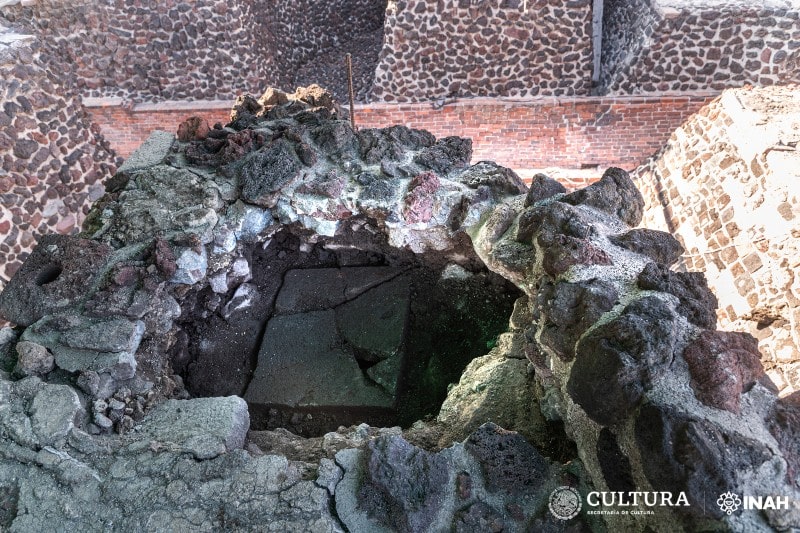
The sand and shells came from the Atlantic shore, an area conquered by the Aztecs of the Triple Alliance (the combined forces of three Mexica city-states, Tenochtitlan, Tetzcoco, and Tlacopan) under Moctezuma I.
In Tenochtitlan, the seat of the Aztec Empire, the Templo Mayor served as the focal point of a larger temple complex. The temple was devoted to Huitzilopochtli, the god of war, and Tlaloc, the god of rain and agriculture, and was known in Nahuatl as huey teocalli.
Cover Photo: Mirsa Islas, Templo Mayor Project

